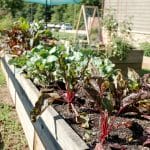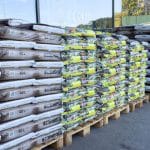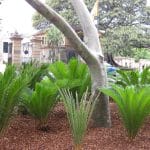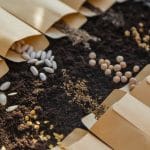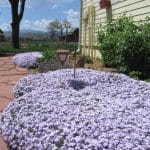Which Worms Are Best for Gardening? Types, Benefits, and Uses
How To's Worms
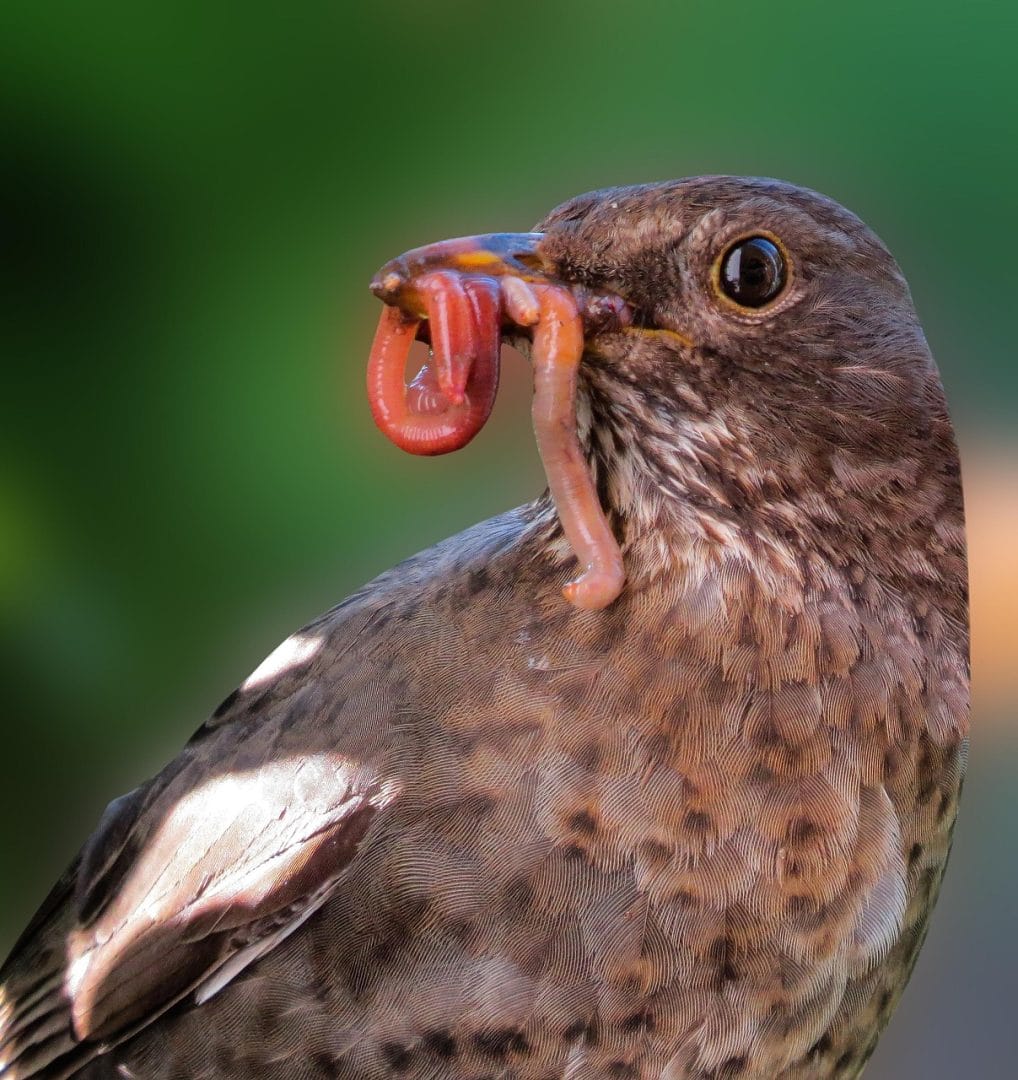
You know, I’ve had a lot of “helpers” in my garden over the years. Most of them didn’t come with resumes, just wriggly little bodies and a knack for making soil better. Worms aren’t glamorous, but they’re the quiet crew that keeps everything ticking along underground.
Why Bother with Worms?
Here’s the short version: worms are free labor. They work night shifts, weekends, and never complain (unless you dry them out or poison them).
- They loosen soil so roots can stretch out instead of fighting their way through concrete-hard dirt.
- They fertilize for free — worm castings (yep, that’s poop) are loaded with plant-ready nutrients.
- They feed the good guys — bacteria, fungi, all the micro-life that makes your garden a living ecosystem.
- They don’t take winters off if you’ve got enough mulch and mild soil temps.
The USDA even says earthworms can move and improve up to 100 tons of soil per acre every year. That’s like having a tiny excavation crew working under your feet (USDA NRCS).
lWorm Types for Gardeners
A quick side-by-side for choosing composting vs. soil-building helpers.
| Worm Type | Where They Live | Why They’re Handy | My Take |
|---|---|---|---|
| Earthworms (Lumbricus terrestris) | Deep in the soil | Aerate, mix nutrients, improve structure | Best for in-ground beds — they’ll disappear if the soil’s bare and dry. |
| Red Wigglers (Eisenia fetida) | Top few inches, compost piles | Compost champs, rich castings | My go-to for bins; they’ll turn scraps into gold faster than you think. |
| Blue Worms / African Nightcrawlers | Warm climates | Quick composters | Great in the South, but they hate cold. |
| Native Garden Worms | Wherever they please | Keep soil healthy year-round | You attract them — you don’t really buy them. |
“`
And for the record, avoid Asian jumping worms — they’ll wreck your soil structure and spread fast!
⚠ Why You Should Avoid Asian Jumping Worms
Asian jumping worms (Amynthas species) churn through organic matter so aggressively that they strip the soil of its nutrient-rich top layer, leaving behind dry, coffee-ground-like dirt that can’t hold water well. They outcompete native worms, disrupt local ecosystems, and spread quickly through mulch, compost, and potted plants. Once established, they’re extremely difficult to remove — prevention is key.
How to Get Worms
- Buy from a worm farm or bait shop — but make sure you’re getting the right species for your goal.
- Borrow from a friend’s compost (with permission, of course — worm rustling is a crime in my book).
- Make your garden worm-friendly so they show up. That means mulch, moisture, and no chemicals.
Composting With Worms (Vermicomposting)
Vermicomposting is running a worm hotel. You keep them fed, comfy, and they pay rent in castings.
Setting Up the “Hotel”
- The bin: A 10–20-gallon bin works for most folks.
- The bedding: Shredded newspaper, cardboard, straw, or leaves — damp, not soggy.
- The tenants: About a pound of red wigglers to start (EPA guide).
- The climate: 55–77°F is their happy range.
Feeding the Guests
- Yes, please: Veg scraps, fruit peels, coffee grounds, crushed eggshells.
- No, thanks: Meat, dairy, oily food, too much citrus or onion.
- Always bury food under bedding to keep flies out.
Checking Out (Harvest Time)
When the bin looks like dark, crumbly soil and smells earthy, it’s time. Push scraps to one side, let the worms move over, and scoop out the finished castings.
The ADEQ says worm castings are so gentle they won’t burn tender seedlings (ADEQ guide).
Getting Worms Working Right in the Garden
- Add them to beds that are already rich and moist — they won’t stay if conditions stink.
- Mulch well so they’ve got food and cover.
- Limit deep tilling — it’s like bulldozing their living room.
- Cover crops in winter give them something to eat when the veggie beds are bare (USDA People’s Garden).
Extra Composting Nuggets I’ve Picked Up
- Cold climate tip: In winter, keep your bin in a basement or insulated spot.
- Boost the buffet: Crushed eggshells give worms grit and your soil calcium.
- Layer like lasagna: Alternate wet scraps (greens) with dry bedding (browns) to keep the bin sweet-smelling.
- Leachate caution: If liquid collects, dilute 10:1 before watering plants — and only if it smells fine.
- Compost trenching: Dig a shallow trench in your garden, drop in scraps, cover with soil — worms will find it and handle the rest.
Worm-Friendly Garden Habits
- Keep a blanket of mulch year-round.
- Skip synthetic fertilizers and pesticides — they’re worm killers.
- Rotate crops so the soil stays balanced.
- Aim for a soil pH of 6–7.5.
Quick-Start Checklist
- Pick your worm type (composting vs. soil builders)
- Set up a bin or prep a garden bed
- Keep it moist and shady
- Feed them right
- Harvest castings and feed your plants
- Maintain conditions so they stick around
FAQ: Common Worm Questions
Q: Will worms survive winter?
A: If the ground freezes solid, most surface worms die off — but deep-burrowers can make it. Mulching helps a lot.
Q: Can I use garden worms in a bin?
A: Not really. They want deep soil, not a small box. Red wigglers are the bin champions.
Q: How fast will I see results?
A: In a bin, you’ll get usable compost in 2–3 months. In the garden, healthier soil can show in a season.
If you get this set up right, you’ll start to notice softer soil, healthier plants, and a lot more earthworm “evidence” when you dig — and that’s a good thing.
Share this post
Table of Contents
- Why Bother with Worms?
- Worm Types for Gardeners
- ⚠ Why You Should Avoid Asian Jumping Worms
- How to Get Worms
- Composting With Worms (Vermicomposting)
- Setting Up the “Hotel”
- Feeding the Guests
- Checking Out (Harvest Time)
- Getting Worms Working Right in the Garden
- Extra Composting Nuggets I’ve Picked Up
- Worm-Friendly Garden Habits
- Quick-Start Checklist
- FAQ: Common Worm Questions
All categories
More From The Garden
Disclosure: This post may contain affiliate links. That means if you click and buy, The Bright Garden may earn a small commission, at no extra cost to you. We only recommend products we’ve vetted and believe will benefit our readers.

